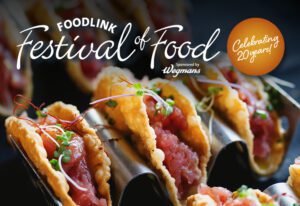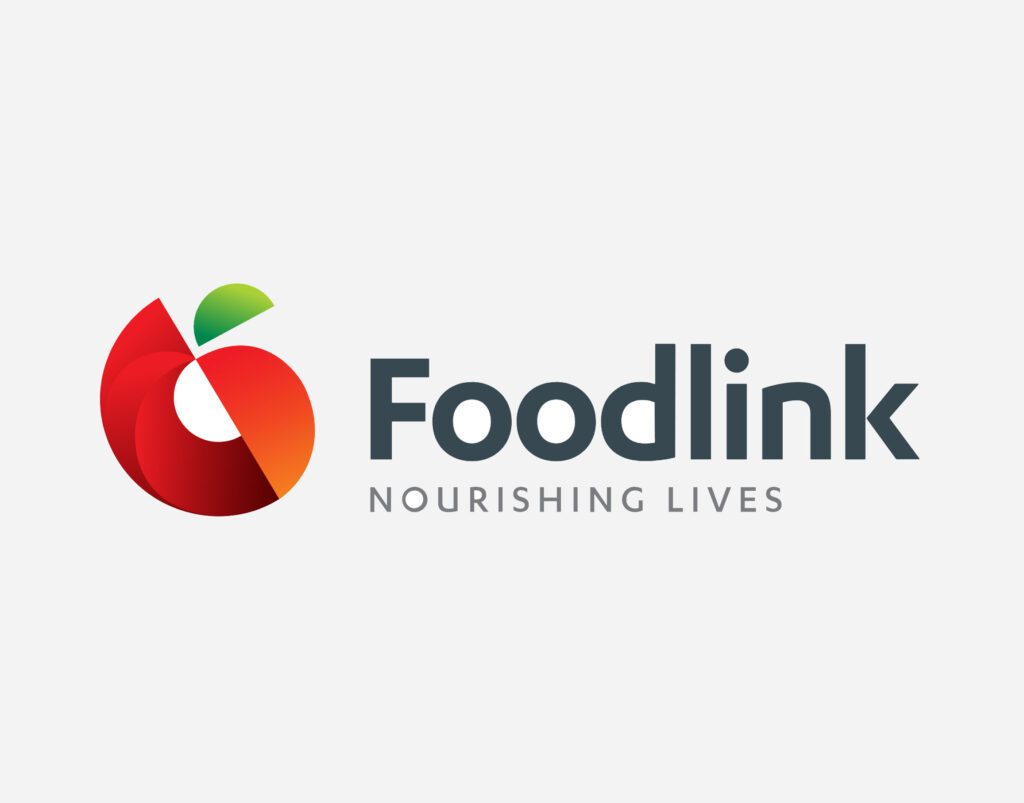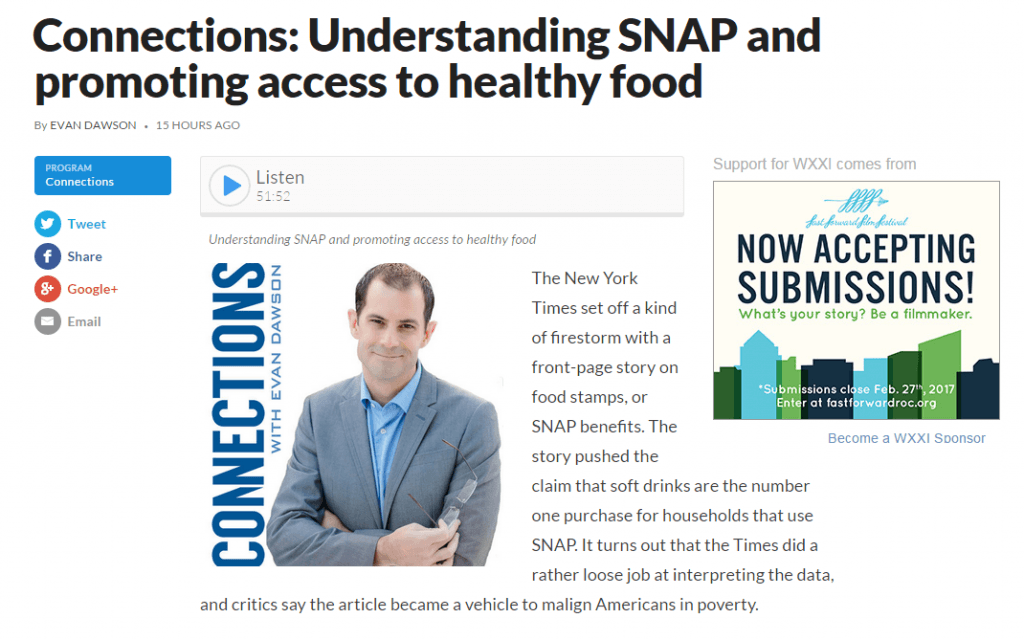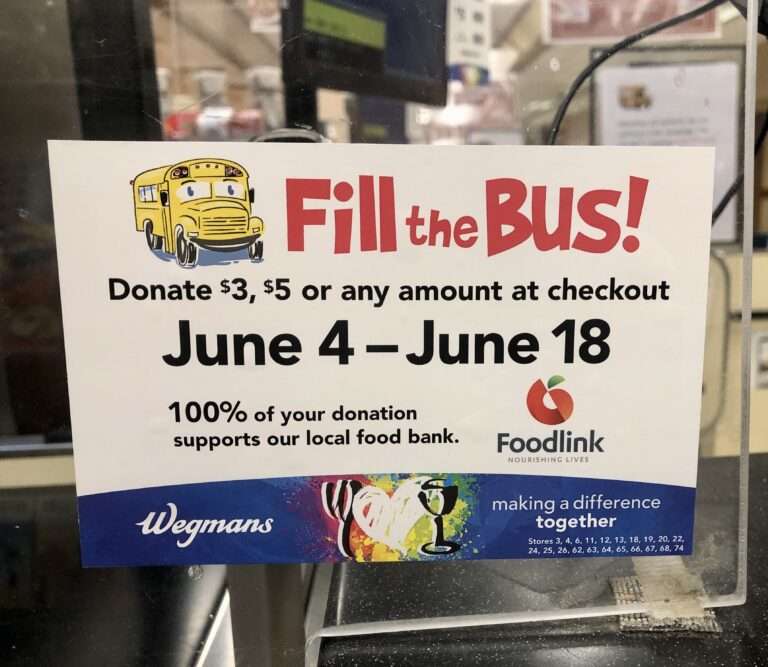LISTEN: Visit the Connections website to hear Thursday’s conversation
By Eric Lintala
How are SNAP benefits spent in our grocery stores? Do people take advantage of the system? Are recipients eating healthy?
These questions have been the subject of controversy since SNAP, also known as Food Stamps, were permanently re-instituted in 1964 by President Lyndon B. Johnson. On Jan. 13, the New York Times posted a front-page story with the headline, “In the Shopping Cart of a Food Stamp Household: Lots of Soda.” The article argued that a recent USDA report proved that SNAP households take advantage of the program to buy a disproportionate amount of soda and sugary drinks.
Many articles, including Food Stamp Fables by Joe Soss, were quick with a rebuttal, saying the Times piece was a “political hack job against a program that helps millions of Americans feed themselves.” Many people criticized the photo used to illustrate the story … a shopping cart full of 2-liter bottles of soda (18 of them, in fact) — and not much else.
On Jan. 19, the SNAP debate reached Rochester when Connections — a WXXI program that airs daily from noon to 2 p.m. (AM-1370, FM-88.5) — devoted an hour of the show to discuss the topic. Host Evan Dawson invited Mitch Gruber, Chief Program Officer for Foodlink, Mike Bulger, Healthy Communities Coordinator for the Healthi Kids program at Finger Lakes Health Systems Agency (FLHSA), and Leverett Copeland, a SNAP recipient and healthy living ambassador to talk about the issue.
During the conversation, Copeland shared his experience as a father providing for his wife and two growing boys. When asked about SNAP, he said that he is not able to purchase much food from his local corner stores and said that his limited budget impacts his decision of quality vs. quantity. For Copeland, SNAP is for purchasing foods that are needed for the month, not for junk food.
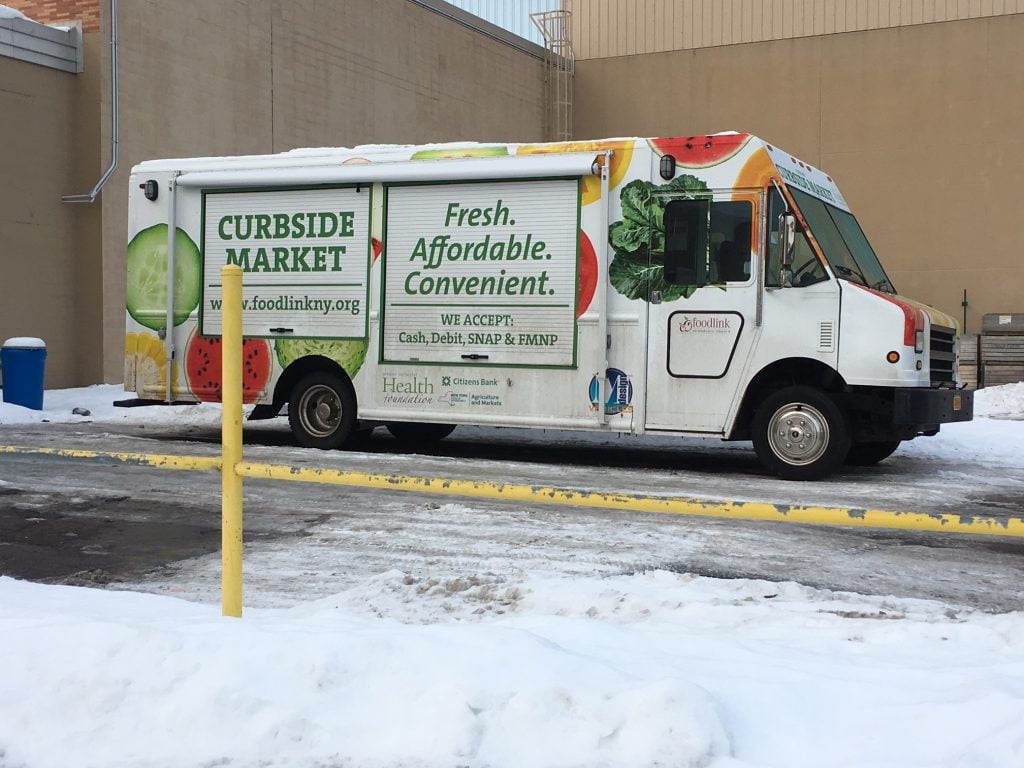
Bulger and Gruber added to Copeland’s point that “The issue is not how people use SNAP benefits … it’s the food landscape.” The food landscape in Rochester is full of food deserts, a USDA term defining “parts of the country vapid of fresh fruit, vegetables, and other healthful whole foods.” This creates a food supply problem where SNAP households, who want to purchase healthy foods, are not able to because federal legislation has enabled cheap, sugary foods to flood the market. Gruber said one possible solution to this problem is to “have a mission-driven organization trying to help people access food, not a profit-driven one.”
As it turns out, there are mission-driven organizations in Rochester that are fighting for greater access to healthy food. A few years ago, Foodlink started a summer farm stand on the corner of Clifford and Conkey with Project Hope to bring fresh produce to the neighborhood. FLHSA got on board soon afterward, and the two organizations have been working with other non-profits, markets, neighborhoods, nutrition educators, and individuals passionate about bringing healthy food to Rochester and the surrounding county to combat this problem.
Foodlink’s Curbside Market, a year-round farm stand on wheels, was born from this drive and served over 25,000 people throughout Rochester and the surrounding eight counties last year.
It seems unlikely that any drastic change is going to come to the national food system soon. According to Gruber, healthy change is going to be generational. People and organizations are fighting back though. Don’t be afraid to get into the ring.
Curbside Market schedule: Where do we stop?

